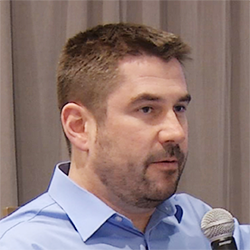Current Status
Not Enrolled
Enroll in this course to get access
Price
$0
Get Started
Average Review Score:
★★★★★
You must log in and have started this course to submit a review.
Course Content
Lesson 1: Overview of Autonomic Testing
10 Topics
You don't currently have access to this content
Lesson 2: Live Demonstration Part I
4 Topics
You don't currently have access to this content
Lesson Content
0% Complete
0/4 Steps
Lesson 3: Live Demonstration Part II
2 Topics
You don't currently have access to this content

